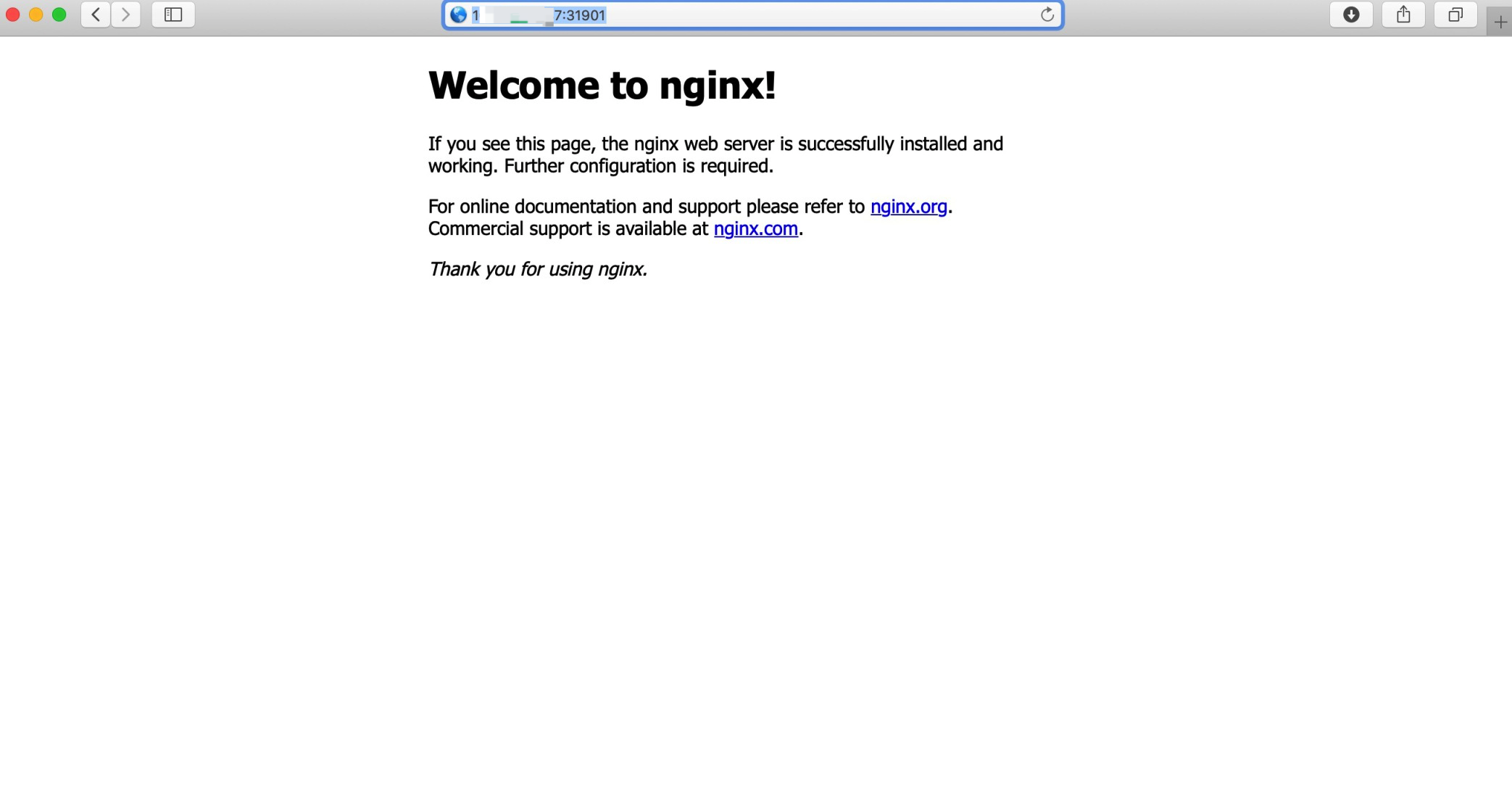
Deploy NGINX on KubeSphere
NGINX is an open-source software application for web serving, reverse proxying, caching, load balancing, media streaming, and more.
This tutorial walks you through an example of deploying NGINX from the App Store of KubeSphere.
Prerequisites
- Please make sure you enable the OpenPitrix system.
- You need to create a workspace, a project, and a user account (
project-regular) for this tutorial. The account needs to be a platform regular user and to be invited as the project operator with theoperatorrole. In this tutorial, you log in asproject-regularand work in the projectdemo-projectin the workspacedemo-workspace. For more information, see Create Workspaces, Projects, Users and Roles.
Hands-on Lab
Step 1: Deploy NGINX from the App Store
-
On the Overview page of the project
demo-project, click App Store in the upper-left corner. -
Find NGINX and click Install on the App Information page.
-
Set a name and select an app version. Make sure NGINX is deployed in
demo-projectand click Next. -
In App Settings, specify the number of replicas to deploy for the app and enable Ingress based on your needs. When you finish, click Install.
Note
To specify more values for NGINX, use the toggle switch to see the app’s manifest in YAML format and edit its configurations. -
Wait until NGINX is up and running.
Step 2: Access NGINX
To access NGINX outside the cluster, you need to expose the app through a NodePort first.
-
Go to Services and click the service name of NGINX.
-
On the service details page, click More and select Edit External Access from the drop-down list.
-
Select NodePort for Access Method and click OK. For more information, see Project Gateway.
-
Under Ports, you can see the port is exposed.
-
Access NGINX through
<NodeIP>:<NodePort>.
Note
You may need to open the port in your security groups and configure related port forwarding rules depending on where your Kubernetes cluster is deployed. -
For more information, see the official documentation of NGINX.
Feedback
Was this page Helpful?
Receive the latest news, articles and updates from KubeSphere
Thanks for the feedback. If you have a specific question about how to use KubeSphere, ask it on Slack. Open an issue in the GitHub repo if you want to report a problem or suggest an improvement.












 Previous
Previous
